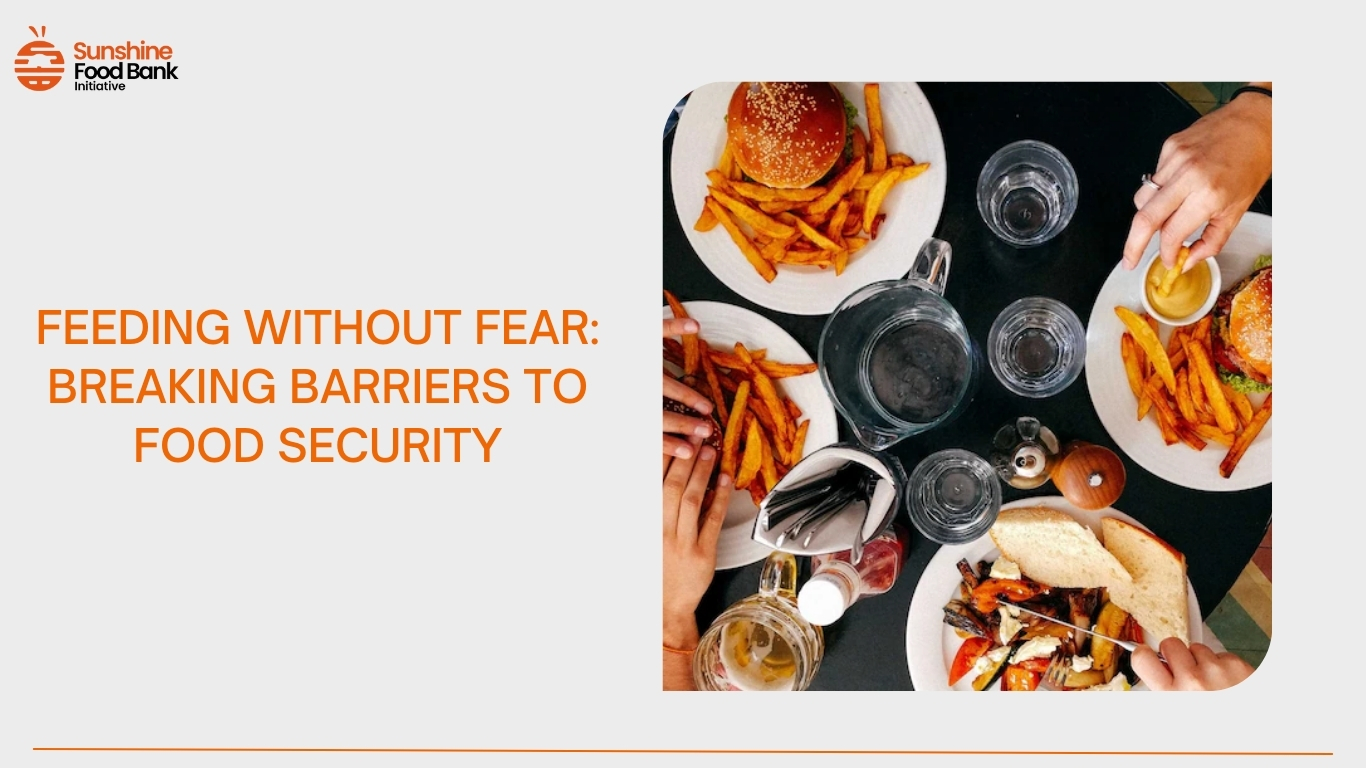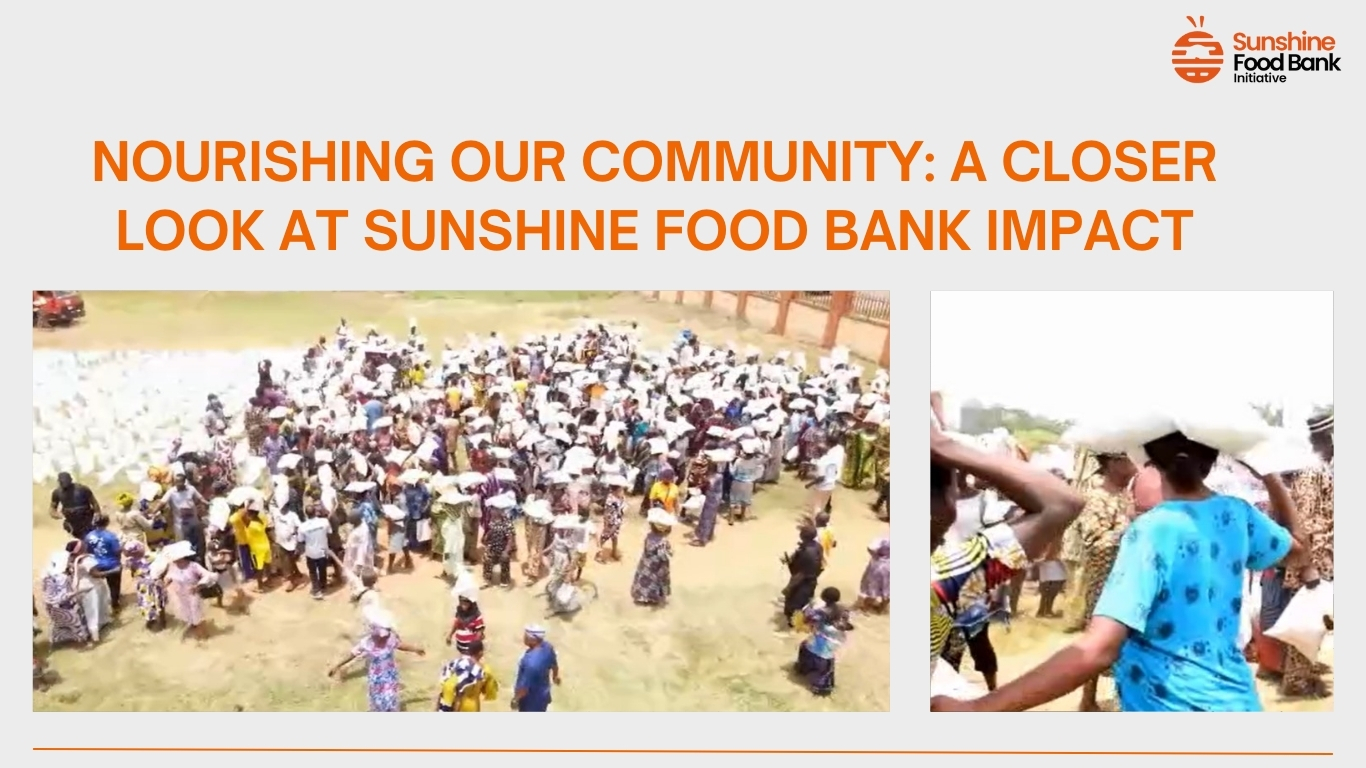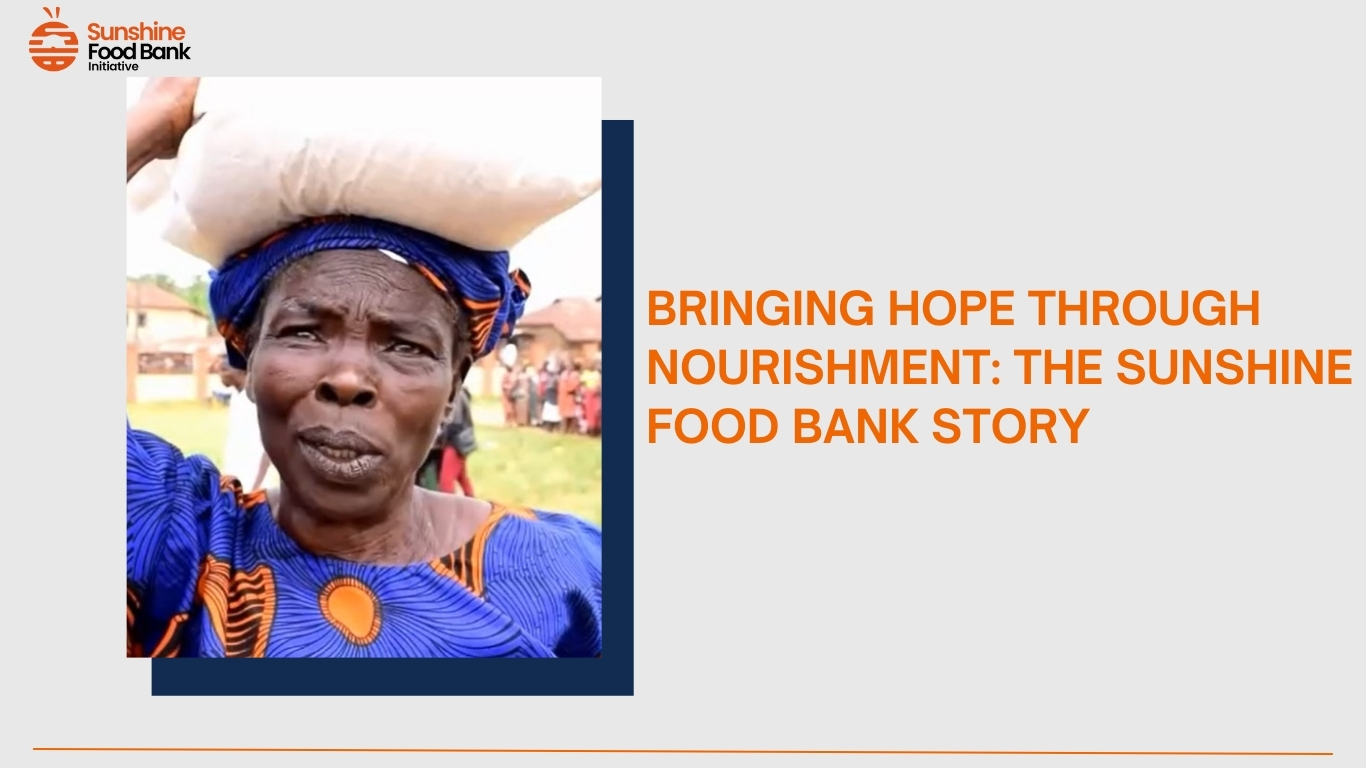Feeding Without Fear: Breaking Barriers to Food Security

16 Mar, 2024
Feeding Without Fear: Breaking Barriers to Food Security
Introduction:
In a world where millions of individuals struggle with food insecurity, the simple act of feeding oneself or one's family can be fraught with fear and uncertainty. The stigma and shame associated with not having enough to eat can prevent people from seeking help, leading to a cycle of hunger and desperation. However, there are organizations and initiatives dedicated to breaking down these barriers and providing support in a compassionate and empowering way. Feeding without fear is not just about putting food on the table - it's about restoring dignity, hope, and security to those in need.
Challenging Stigma and Shame:
One of the biggest obstacles to addressing food insecurity is the stigma and shame that often accompanies it. Many individuals and families feel embarrassed or judged when seeking help with obtaining food. This fear can prevent them from accessing the resources they need to nourish themselves and their loved ones. Organizations that focus on feeding without fear work to create welcoming and inclusive spaces where individuals can receive support without judgment. By challenging stigma and promoting empathy, they empower people to seek assistance with dignity and respect.
Promoting Access and Equity:
Feeding without fear also means ensuring that everyone has equal access to nutritious and culturally appropriate food. In many communities, factors such as income, location, and systemic inequalities can create barriers to obtaining healthy meals. Organizations dedicated to addressing food insecurity work to bridge these gaps by providing food distribution programs, community meals, and education on nutrition and cooking skills. By promoting access and equity, they strive to create a more just and inclusive food system for all.
Empowering Individuals and Communities:
Empowerment lies at the heart of feeding without fear. Instead of fostering dependency, organizations focus on building self-sufficiency and resilience within individuals and communities. By offering resources, support, and opportunities for skill-building, they help people take control of their food security and work towards long-term solutions. Empowerment also involves fostering a sense of community and solidarity, where individuals can support each other and advocate for systemic change.
Creating Sustainable Solutions:
Feeding without fear is not just a short-term solution to hunger - it's about creating sustainable change that addresses the root causes of food insecurity. Organizations that focus on long-term solutions work to advocate for policies that promote food justice, support local food systems, and address issues of poverty and inequality. By working collaboratively with government agencies, businesses, and community partners, they strive to create a more resilient and equitable food system that ensures everyone has access to the nourishment they need to thrive.
Conclusion:
Feeding without fear is a powerful and transformative approach to addressing food insecurity. By challenging stigma, promoting access and equity, empowering individuals and communities, and creating sustainable solutions, organizations are making a meaningful impact on the lives of those in need. Together, we can build a future where no one has to fear going hungry, and where everyone has the support and resources they need to nourish themselves and their families with dignity and hope.


